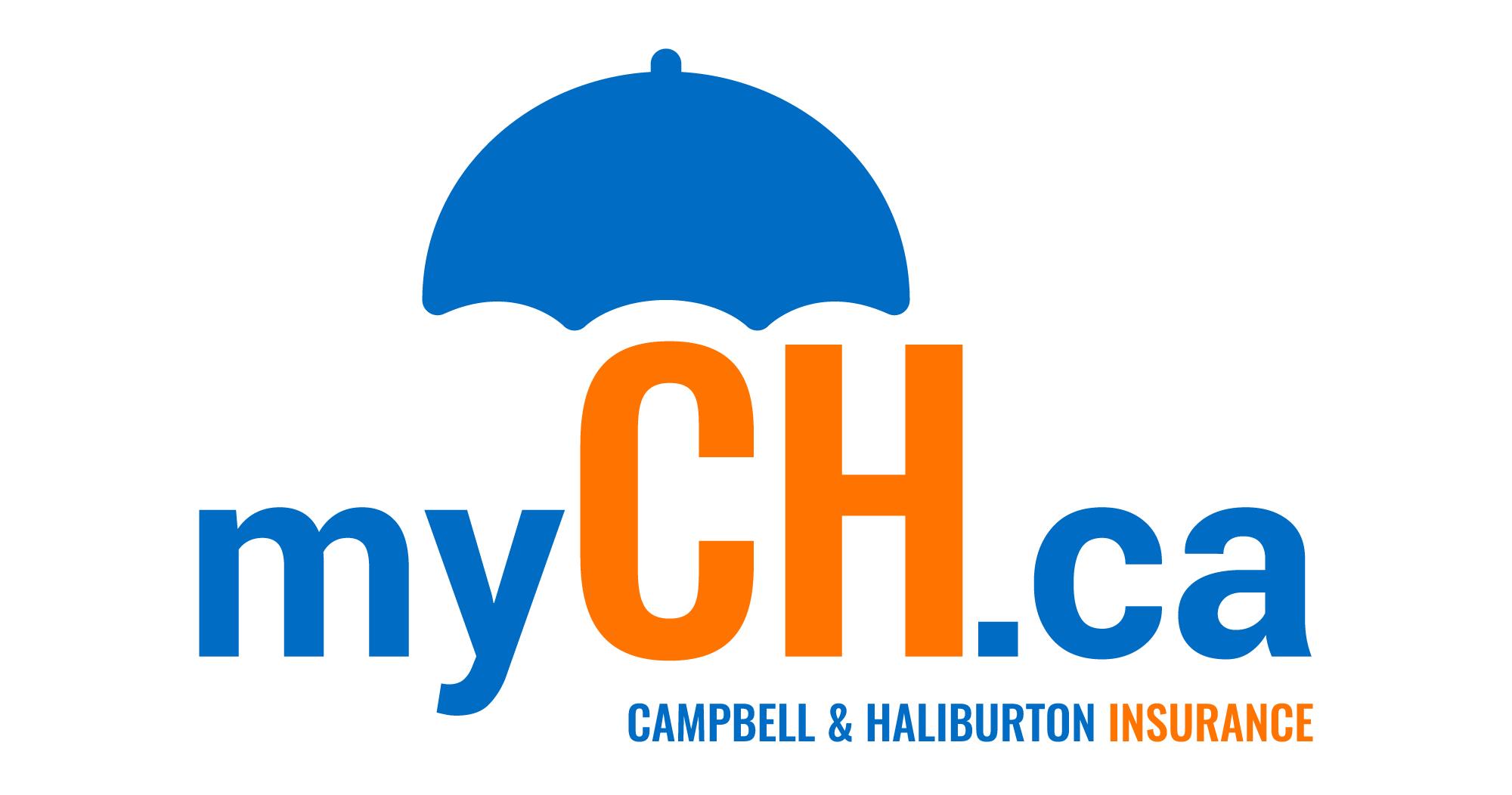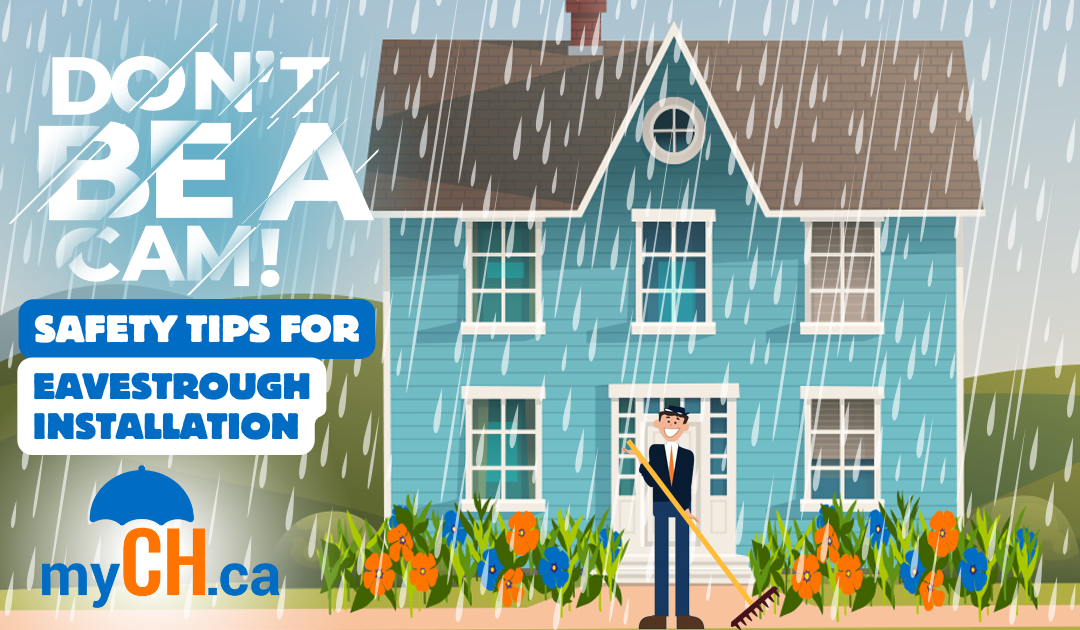Hi, readers! In the latest Cam blog, we learned that to avoid being a Cam, you need to be careful when starting a new DIY home project. What better way then to learn some essential safety tips for eavestrough installation?
Eavestrough Installation
Eavestroughs are essential to protect your home from water damage. When installing eavestroughs, it’s important to be prepared for the task.
Equipment
- A good ladder should safely hold your weight, tools, and supplies. If using a collapsible ladder, always ensure that the locks are enabled before using.
- Rubber-soled shoes are important to grip the ladder rungs and provide solid protection for your feet.
- Use a level to check that your eavestrough is straight. Relying on your eye could result in an uneven installation.
- Have a drill or power screwdriver to secure your eavestroughs and downspouts. Have an assortment of drill bits on standby in case they are required.
- Filling the seams between the eavestroughs and the downspouts may require tin snips, rubber nitrile sealers, and a caulking gun.
Clear Surrounding Areas
- Ensure that no one approaches a wide area around the base of your ladder to avoid injury as you maneuver the eavestrough material or should you accidentally drop a piece.
- Have a ground-level spotter should you require materials to be passed or someone to secure the ladder. They should stand off to the side of the work area.
- Keep the ground free of wet leaves or debris so your ladder securely connects with the ground.
- Brush away all dirt and debris at the roofline.
Watch the Weather Forecast
- Avoid windy or rainy days.
- Install eavestroughs when it’s bright outside to give you the best visibility for your installation.

Installing and maintaining eavestroughs is a good investment in your home. If you are not entirely comfortable performing this work, enlisting a professional to avoid damage and ensure that your eavestroughs are installed correctly is always a good idea. Finally, always talk to your insurance broker before you make any changes to your home.

